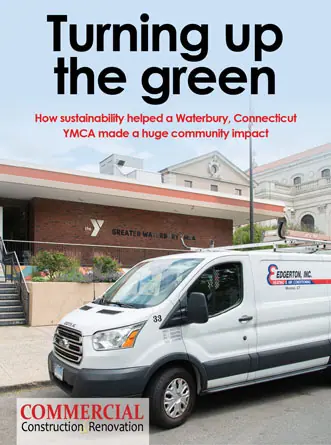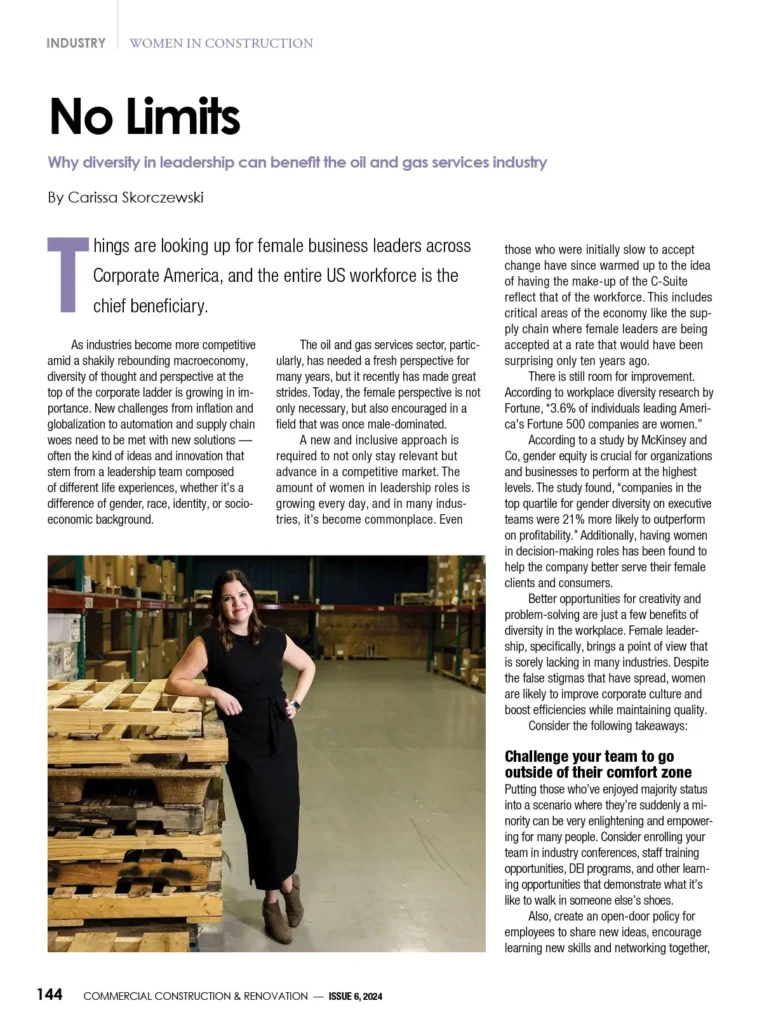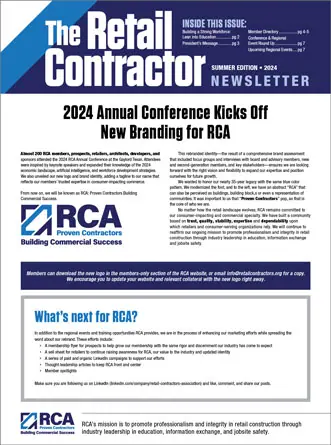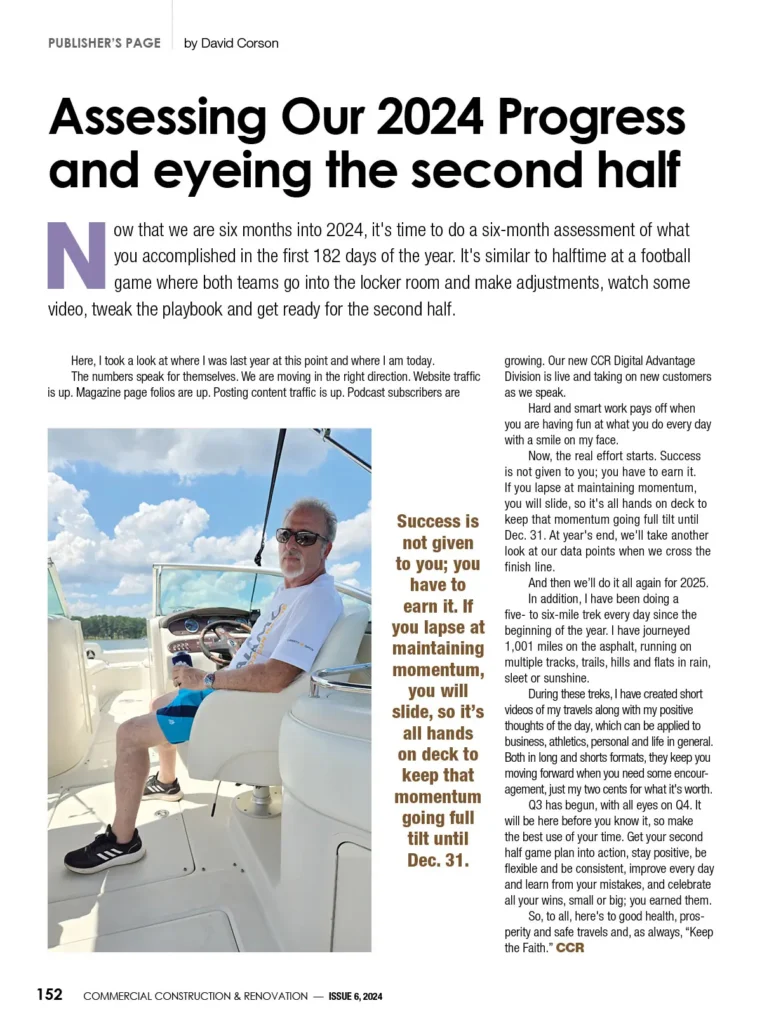Introduction
Sewing machines are a fantastic example of technological progress that has greatly assisted business development. Like any other mechanical device, though, sewing machines eventually break down, making repairs a hassle. Don’t worry, we’ll go over some common problems and solutions for sewing machines, including the sewing machine zed.
1. Tension Problems with the Thread
Not pulling the thread securely enough is a common cause of sewing machine failure. This can lead to uneven stitches, wrong-side loops, or even a broken thread. Presser foot up to rethread machine if thread is too loose or too tight.
The next step is to remove any obstructions and set the tension discs as per the manufacturer’s instructions. To get perfectly even stitches, gradually turn the tension dial as you test them on a scrap of fabric.
2. Lack of Needle Integrity
Needles that break in the middle of use are just as annoying. Having a needle break in the middle of a project is inconvenient and time-consuming. Before beginning, check to see if the needle you plan to use is suitable for the cloth. Dull or bent needles should be replaced more frequently.
The fabric should also not be stuffed into the washing machine. If the problem persists, it may be because the machine is operating at the wrong speed, necessitating the assistance of a professional.
3. Machine Jamming or Skipped Stitches
The straightness of your seams may be impacted if your sewing machine frequently experiences breakdowns or skips stitches. Purchasing better thread is the first step towards solving the issue.
The machine could break if the thread is worn out or of poor quality. The next steps are to rethread the machine and adjust the needle tension. The feed dogs, bobbin, and area around them should be cleaned on a regular basis, too. If the issue persists after the needle has been sharpened, it may be defective.
4. Dishonesty worthy of a dog
If the feed dogs aren’t properly positioned, your seams may be uneven. Make that the feed dogs are still in position before proceeding with darning. Make sure the feed dogs won’t be hindered by anything, and relocate it if necessary. A technician will need to replace the feed dog mechanism if the issue persists.
5. Bobbin Winding Problems
Turning the bobbin when you’re in the middle of stitching could be a pain. Every sewing machine requires bobbins of the proper size and fabric. It’s important to measure the length of the bobbin thread. Keep in mind the location of the bobbin at all times for easy thread winding. If this keeps happening, it may be time to replace or repair the bobbin winder.
6. Excessive Noise and Vibration
If your sewing machine develops bothersome noises, such as squeaking or rattling, you may learn to dread each stitch. Check if the machine can be fixed by cleaning and greasing it as directed first. Fasteners that are too loose must be either tightened or replaced. If the problem persists, an expert may have to swap out some old, worn parts within.
Conclusion
It’s annoying when your sewing machine breaks down, but luckily most issues are easily fixed with some TLC. If you follow the guidelines provided by the manufacturer, keep the machine clean and in good working order, and use high-quality materials, your sewing project will turn out beautifully. After you’ve resolved these frequent problems, you can return to your sewing endeavors. My best wishes are with your needle and thread.
As a follow-up, I’d want to stress the importance of keeping your sewing machine in good operating order. All machines, including sewing machines, need routine upkeep to function properly.






 The 2024 virtual Men’s Round Table will be held Q4, 2024, date TBD.
The 2024 virtual Men’s Round Table will be held Q4, 2024, date TBD.












